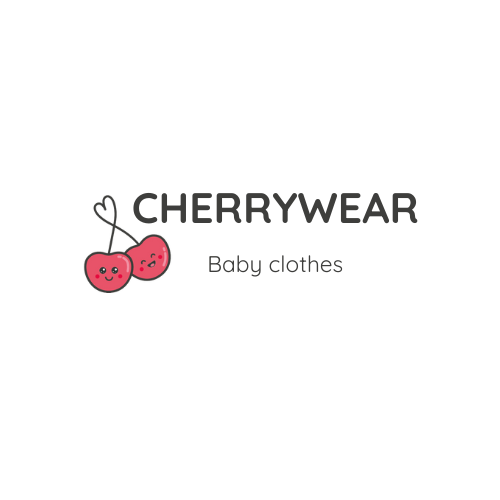In the world of baby fashion, parents are often faced with a myriad of choices when it comes to dressing their little ones. One of the most crucial decisions revolves around the fabric used in baby clothes. While the allure of synthetic fibers may seem tempting with their vibrant colors and wrinkle-resistant qualities, there is a growing concern about the potential dangers they pose to our precious bundles of joy. In this blog post, we will explain what chemicals you might find in cheap synthetic baby clothes, explore the hidden risks associated with them and shed light on the benefits of choosing organic cotton as a safer alternative.
1. Cotton is Safer for Skin Sensitivities and Allergies:
One of the primary concerns associated with synthetic fibers in baby clothes is their potential to cause skin sensitivities and allergies. Many synthetic fabrics, such as polyester and nylon, are derived from petrochemicals and can contain residual chemicals from the manufacturing process. Babies, with their delicate and sensitive skin, are more susceptible to reactions like rashes and irritation when exposed to these synthetic materials.
On the contrary, organic cotton is a natural, breathable fabric that is less likely to cause skin irritations. Grown without the use of harmful pesticides and chemicals, organic cotton provides a gentle and hypoallergenic option for baby clothes, ensuring that their sensitive skin is well-protected. However, be sure to note that ordinary cotton is exposed to pesticides and fertilisers, whereas organic cotton does not.
2. Synthetic Fibres Restriict Skin Breathability and Comfort:
Synthetic fabrics often lack the breathability that is essential for a baby's comfort. Babies are more prone to overheating, and garments made from materials like polyester can trap heat, leading to discomfort and even contributing to conditions like heat rash. Organic cotton, on the other hand, allows for proper air circulation, helping to regulate the baby's body temperature and keep them comfortable throughout the day.
3. Organic Cotton Protects the Environment:
The environmental impact of synthetic fibers is another crucial aspect to consider. The production of synthetic fabrics involves the use of non-renewable resources, and the manufacturing process can release harmful pollutants into the air and water. In contrast, organic cotton is grown using sustainable farming practices, reducing the overall environmental footprint. It also allows for biodiverse landscapes as the cotton is made from non-genetically modified crops which enriches our earth.
Check Clothing Tags for Toxic Chemicals:
- Formaldehyde: is applied onto fabric once a garment is made to prevent wrinkling and shrinkage. Unfortunately, this has been known to cause skin irritations, allergic reactions and respiratory irritations with prolonged exposure leading to potential carcinogenic effects.
- Phthalates: Found in some plastic-based materials, such as PVC, hats, jackets and shoes, may be used in synthetic fabrics for added flexibility. Phthalates can cause respiratory irritation, endocrine disruption and impair the reproductive capabilities of females and males; and can also interfere with the proper growth or development of a fetus or child at any point from conception to puberty. Cotton clothing, which infants prefer to wear, has been proven to adsorb phthalates more easily than other fabrics whilst GOTS certified organic cotton will have no trace of this chemical in their clothing.
- Azo dyes: are sometimes applied directly to fiber to add colour to your clothing Some azo dyes release carcinogenic amines when they break down and are the major cause of skin irritation and allergic reactions.
- Lead: is used to colour and may be present in certain dyes or pigments in your clothing. It can cause neurological damage, especially in children. As well as developmental and reproductive toxicity.
- Flame retardants (PFAs): Have adverse effects on the nervous system and are found in some textiles to meet flammability standards. Some flame retardants have contributed to adverse affects on the nervous system, can cause potential endocrine and reproductive disruption as well as impair the developmental capabilities of children.
- Perfluorinated compounds (PFCs): Are used in water- and stain-resistant finishes for fabrics. (Imagine a soft sheen on the fabric.) Some PFCs have been associated with environmental and health risks because of the toxicity caused to reproductive organs, liver and kidney. Plus the risk to developmental outcomes in children.
- The Chlorinated solvents: Used in various stages of textile production, such as dyeing and printing can lead to respiratory and skin irritation, neurological effects, liver and kidney damage.
As always, when making purchasing decisions that affect your family, be sure to read the clothing tags. A small change in your wardrobe can save your child a lifetime of pain.
If you want to rent your child's non-toxic clothing, then head to CherryWearBabyClothes.com

